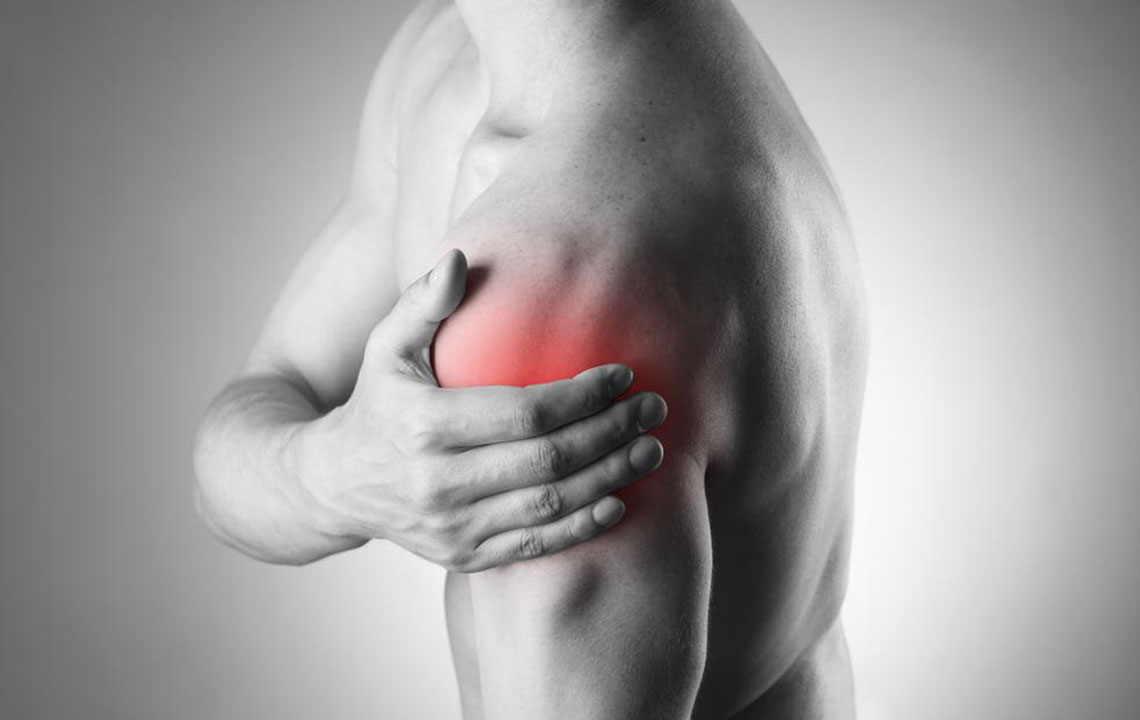Comprehensive Strategies for Treating Rotator Cuff Injuries
This comprehensive guide explores the causes, symptoms, and effective treatments for rotator cuff injuries. From conservative measures like rest, ice, and physical therapy to advanced options such as injections and surgery, learn how to manage shoulder injuries effectively for better recovery and function.

Understanding and Managing Rotator Cuff Injuries Effectively
What is a rotator cuff injury?
A rotator cuff injury involves inflammation or damage to the shoulder's muscles and tendons. The rotator cuff comprises four key muscles that stabilize the shoulder and control its movements.
These injuries can result from impingement, tears, or degeneration over time due to aging or constant pressure. Symptoms often include shoulder pain, swelling, stiffness, weakness, and inability to lift objects.
Patients may also experience clicking sounds when raising their arm and pain during movement.
Approaches to Rotator Cuff Injury Relief
Identifying the injury as the source of shoulder discomfort allows for targeted treatments, which may include:
Rice Method: Rest, Ice, Compression, and Elevation are essential initial steps after injury. This helps reduce inflammation and pain.
Rest: Limiting shoulder activity allows healing by preventing further strain.
Ice Therapy: Applying an ice pack to the affected area for 10-15 minutes, at least twice daily, can diminish swelling and ease discomfort.
Compression: Wrapping the shoulder with a loose bandage helps manage swelling and pain without hindering circulation.
Elevation: Keeping the shoulder elevated above heart level, especially during rest, promotes recovery.
If these measures aren't enough and symptoms persist or worsen, further treatments may be necessary:
Injections: Corticosteroid injections can temporarily decrease inflammation and pain, especially when daily activities are affected. However, over-reliance should be avoided to prevent tendon weakening.
Physical Therapy: Specialized exercises such as shoulder stretches, pendulum movements, wall stretches, and doorway stretches improve strength and flexibility, aiding recovery.
When non-invasive methods are insufficient, surgical options are considered:
Arthroscopic Tendon Repair: A minimally invasive procedure using a small camera to reattach torn tendons with tiny instruments, promoting quick recovery.
Open Tendon Repair: A traditional surgery involving a larger incision to reattach tendons, suitable for severe cases requiring more extensive intervention.
Tendon Transfer: For severely damaged tendons beyond repair, transferring a nearby tendon can restore function.
Shoulder Replacement: Severe joint damage may necessitate replacing the humeral head and socket with artificial components.
Reverse Shoulder Arthroplasty: A modern approach reversing joint structure, suitable when rotator cuff repair isn't feasible.
Prompt consultation with a healthcare professional is crucial if a rotator cuff injury is suspected to determine the best treatment plan.










